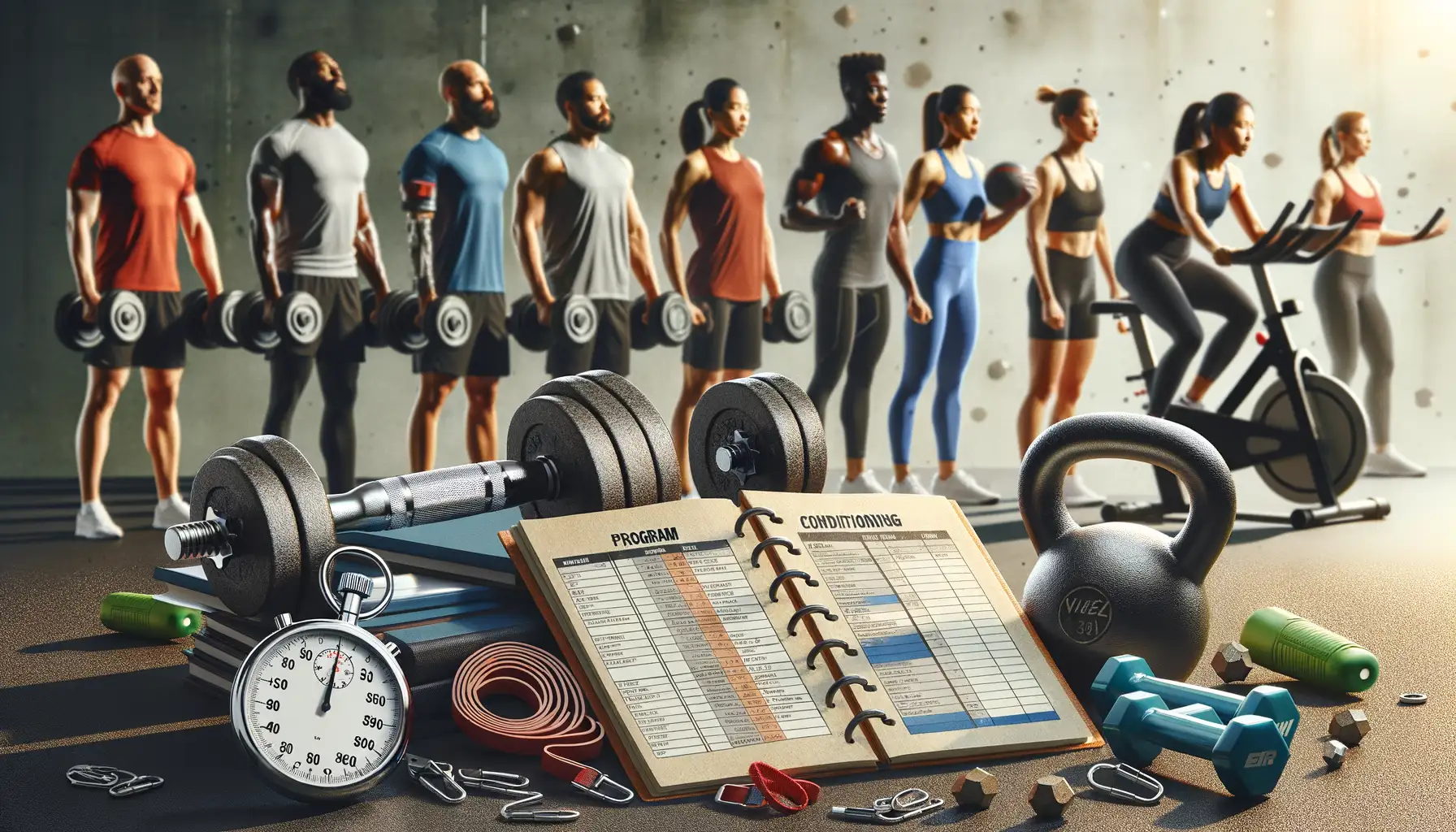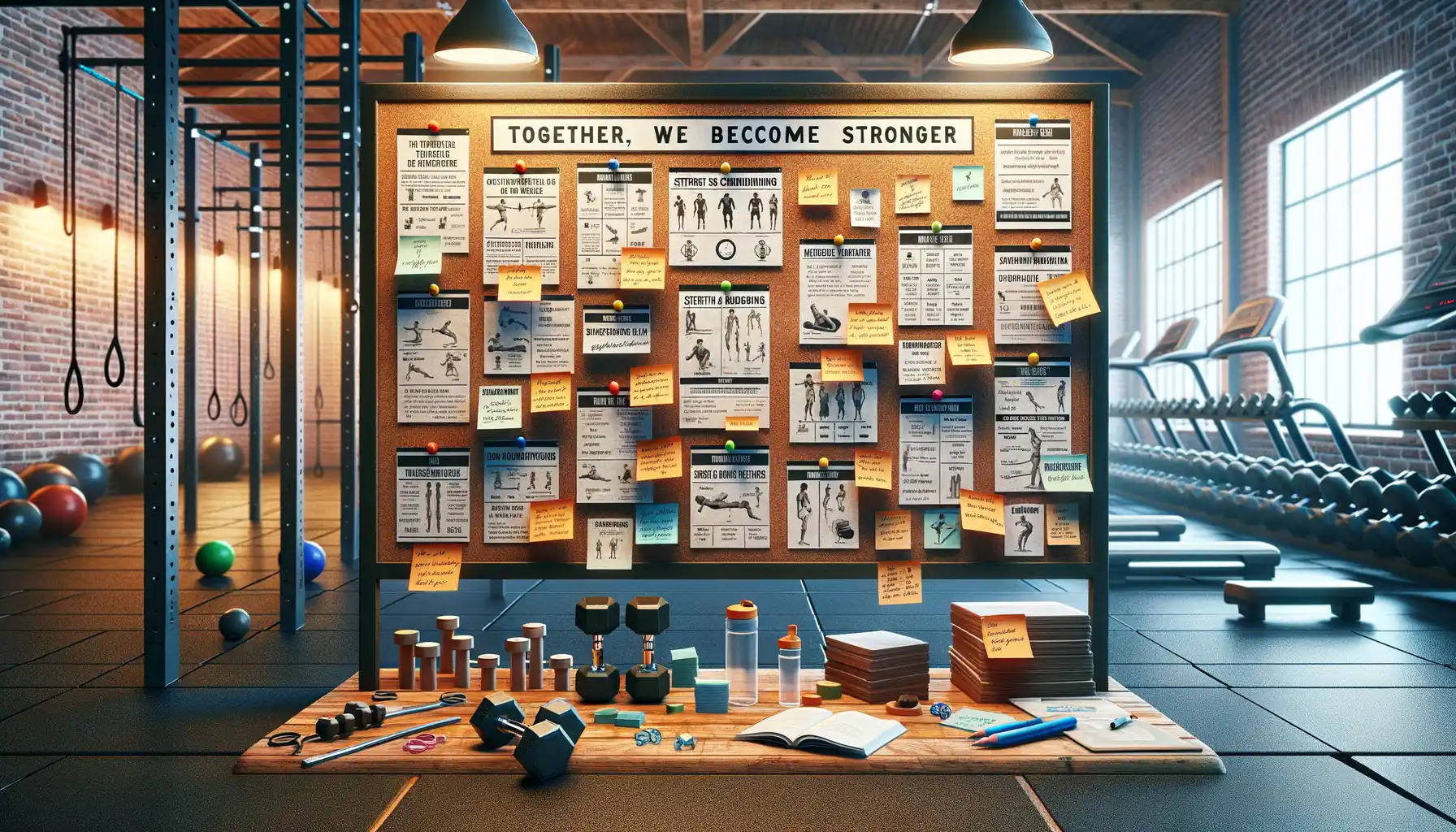
Why Strength and Conditioning Are Vital for Athletes
Understanding the Basics of Strength and Conditioning
What Does Strength and Conditioning Really Mean?
If you’ve ever thought strength and conditioning was just about lifting huge weights or endless cardio, think again! At its core, it’s a structured way to make athletes faster, stronger, more agile, and yes—more resilient against injuries. Think of it as building the engine of a high-performance sports car: every part needs to work together seamlessly.
Strength is your raw power—the force you can produce. Conditioning? That’s your stamina, your ability to keep going when the game gets tough. Together, they’re the ultimate one-two punch for athletic success. No matter if you’re sprinting down a field, leaping for a basketball, or landing a flawless gymnastics routine, strength and conditioning is there, working behind the scenes.
How It All Comes Together
To break it down, here’s what typically makes up a smart strength and conditioning plan:
- Functional movements: Training that mimics real-life moves (think lunges or squats) so you dominate on the court or track.
- Energy systems work: From explosive drills to steady endurance runs, this fine-tunes how fast and long you can go.
- Recovery strategies: Because even the strongest body needs rest to keep performing at full throttle.
This isn’t just “gym time.” It’s strategy, science, and sweat—all tailored to YOUR sport and goals.
Key Benefits of Strength and Conditioning for Athletes

Unlock Explosive Performance and Resilience
Imagine having the power to leap higher, sprint faster, and outlast your fiercest competitors. That’s what an effective strength and conditioning program brings to the table—it’s like rocket fuel for your athletic engine. By developing stronger muscles, better joint stability, and enhanced endurance, you’re not just conquering your chosen sport; you’re redefining what’s possible.
Beyond peak performance, there’s another gift this journey gives: resilience. Think of it as your built-in armor. By strengthening your body, you’re powering through the grind while reducing injury risks. Say goodbye to those nagging sprains or lingering aches that keep you off the field!
- Explosive Power: Whether you’re dunking in basketball or tackling in rugby, force production skyrockets.
- Enhanced Agility: Sidestep like a pro and leave opponents in the dust.
- Faster Recovery: Bounce back from tough games and grueling practices with energy to spare.
Mental Toughness Is Part of the Package
Here’s the wildcard: strength and conditioning doesn’t just shape your body; it sharpens your mind. Pushing through those last reps teaches grit. Crushing personal bests builds confidence. It’s like crafting an unshakable mindset through sweat and determination, preparing you to tackle challenges both on and off the field. Training is more than physical—it’s your mental edge.
Core Components of an Effective Strength and Conditioning Program

Building Strength That Translates to Performance
An effective strength and conditioning program isn’t just about lifting heavy weights or running endless sprints. It’s about constructing a blueprint for athletic greatness, brick by brick. Imagine this as the foundation of your performance – every movement, every rep, everything with purpose. At its heart? Functional strength. Forget arbitrary gym exercises; we’re talking movements that mimic the demands of your sport. Think squats for explosive jumps or deadlifts for raw power off the starting block. The goal? Turning strength into an unstoppable force on the field, court, or track.
The Key Ingredients of a Winning Program
A successful program is like a recipe where every ingredient plays a unique role. Here’s what makes it work:
- Progressive Overload: No plateaus allowed! Gradually increasing resistance pushes your body to adapt and grow stronger.
- Mobility & Flexibility: Can you move well? Mobility drills keep your joints happy and your motions smooth, avoiding stiffness that slows you down.
- Rest & Recovery: This isn’t just about sleep—it’s when your body cements all those benefits. Neglect it, and you sabotage progress.
The secret sauce? Consistency. Missing sessions is like skipping bricks in a wall—weakness sneaks in. By blending effort, recovery, and sport-specific skills, athletes can soar higher and hit harder.
Common Myths About Strength and Conditioning

Myth #1: Strength Training Makes You “Bulky”
Let’s debunk this myth once and for all! Many athletes (especially women) shy away from strength training because they fear becoming as large as a bodybuilder overnight. Here’s the truth: getting “bulky” is not something that happens accidentally. It requires an extremely specific combination of diet, hormones, and training volume. For most athletes, strength and conditioning are about building explosive power, improving endurance, and enhancing performance—not packing on slabs of muscle. Think of it this way: lifting weights is like sharpening a blade—it hones your edge without weighing you down.
Myth #2: Cardio Is All You Need for Fitness
Sure, running drills and logging miles can boost your endurance, but without strength training, you’re missing a critical piece of the puzzle. Picture a race car: cardio is the fuel, but strength is the engine. Without a powerful engine to back you up, your performance will stall under pressure.
Still skeptical? Consider these benefits that cardio alone can’t deliver:
- Injury prevention: Stronger muscles stabilize joints, reducing your risk of tears and strains.
- Improved agility: Strength work enhances coordination, giving you quicker reactions on the field or court.
- Increased speed: More power equals faster sprints—no treadmill needed!
Practical Tips to Incorporate Strength and Conditioning into Training

Make Strength and Conditioning Work for You
Let’s be honest—adding strength and conditioning to your training might feel like trying to squeeze an extra puzzle piece into an already packed picture. But here’s the good news: it doesn’t have to be overwhelming! Small, smart changes can lead to massive results.
Start by sprinkling in short, focused sessions throughout your week, like a 20-minute circuit on a rest day or after practice. Yes, even those mini efforts can pack a punch. Pick exercises that mirror your sport’s movements—if you’re a sprinter, make lunges your best friend. For tennis players? Rotational core moves are golden. Think of it as designing your training with purpose, not just sweat.
Simple Adjustments, Big Impacts
To ease you in, try this:
- Warm-ups with intention: Add dynamic exercises like high knees or arm swings to prep your muscles and mind.
- Mix power and endurance: Alternate between resistance bands, kettle bells, and bodyweight work to keep things fresh.
- Track your wins: Celebrate when you lift heavier, jump higher, or recover faster. Progress fuels motivation!
Ultimately, think of strength and conditioning as your secret weapon—a way to outpace the competition and protect your future self from injuries.
You may also like
Latest Articles
- Coin Defect Detection: LED Panels and Diffusers

- Modern Rarities: Premium-Appraised Quarters Released in 2020s

- Old Age Is a Joy Nowadays: Free Games That Will Help to Boost Your Memory

- The Historical Significance of Coins Depicting Sports

- Mental Training for the Self: How to Stay You Without Disappearing in Others

Calendar
| M | T | W | T | F | S | S |
|---|---|---|---|---|---|---|
| 1 | 2 | 3 | 4 | 5 | 6 | 7 |
| 8 | 9 | 10 | 11 | 12 | 13 | 14 |
| 15 | 16 | 17 | 18 | 19 | 20 | 21 |
| 22 | 23 | 24 | 25 | 26 | 27 | 28 |
| 29 | 30 | 31 | ||||
